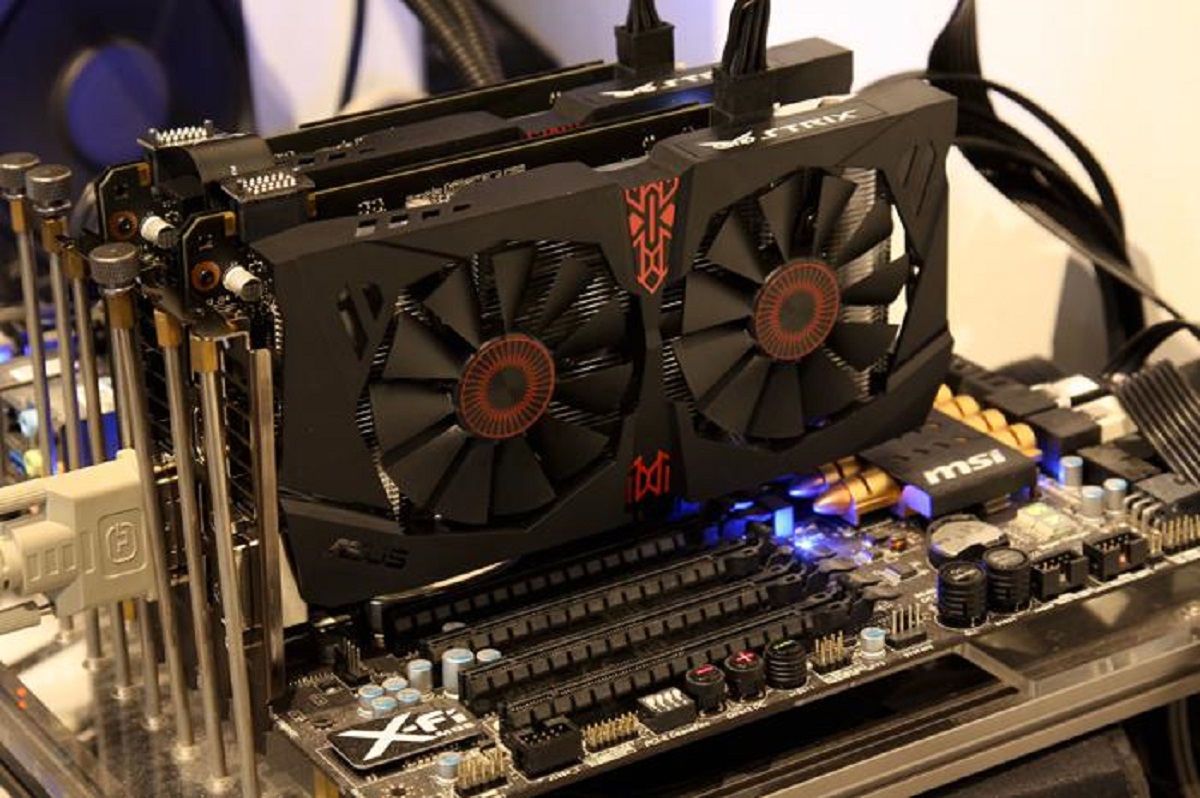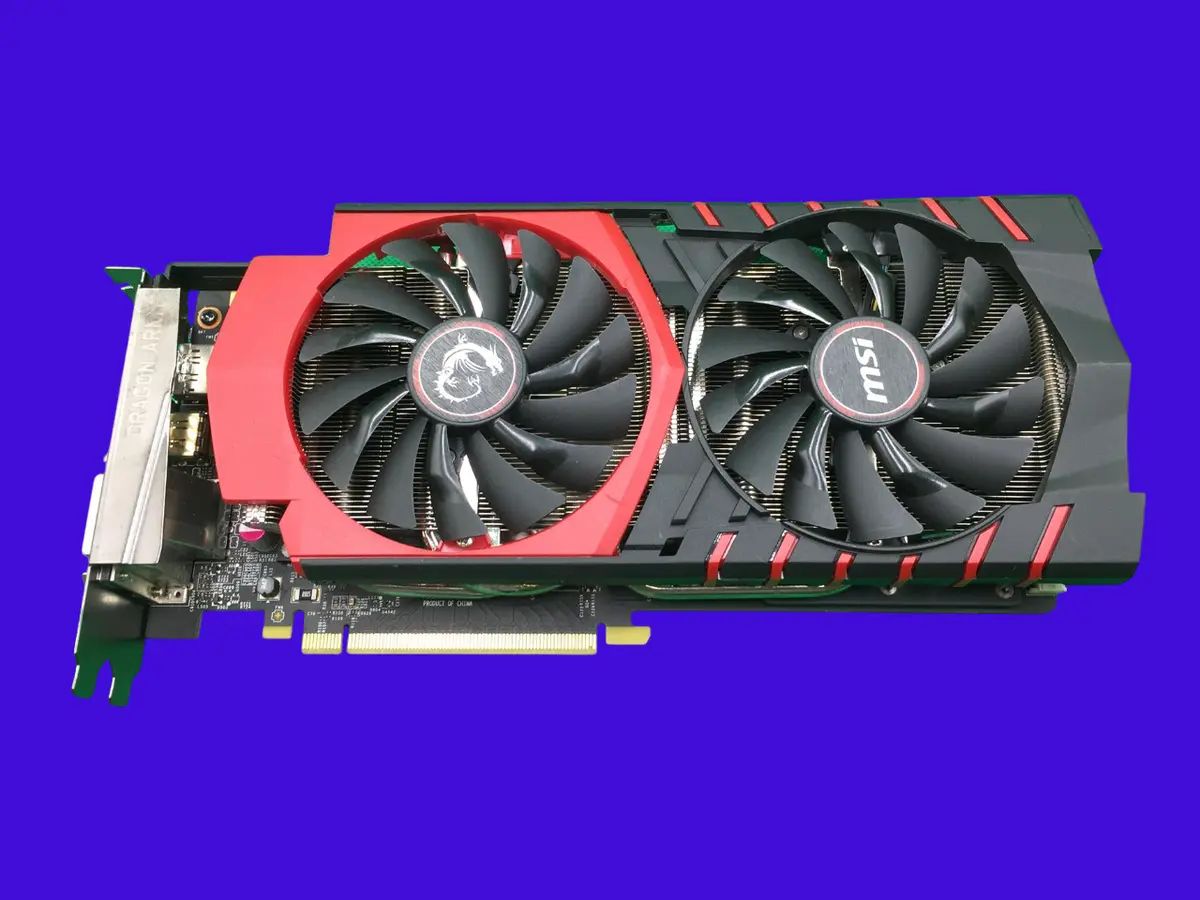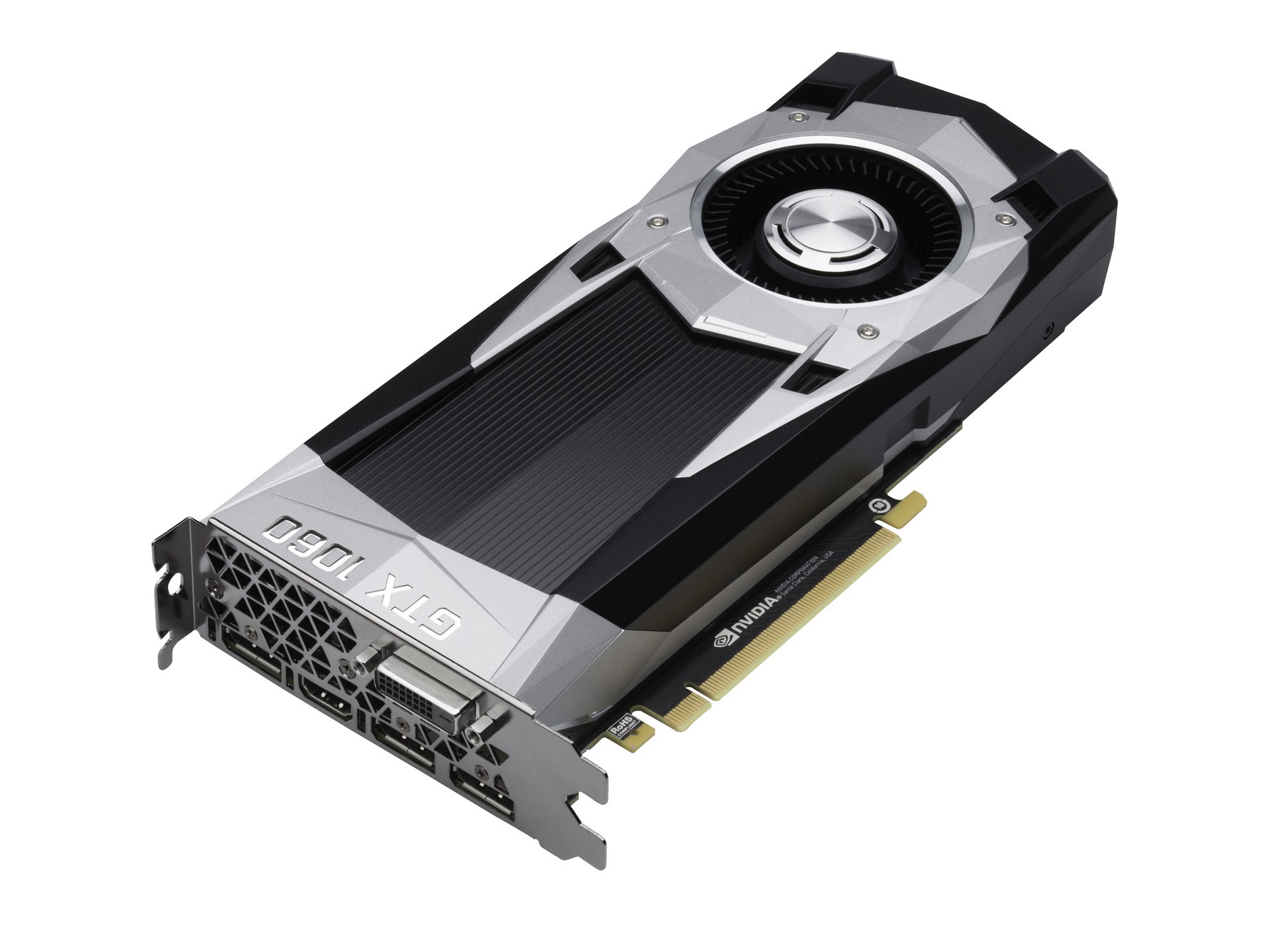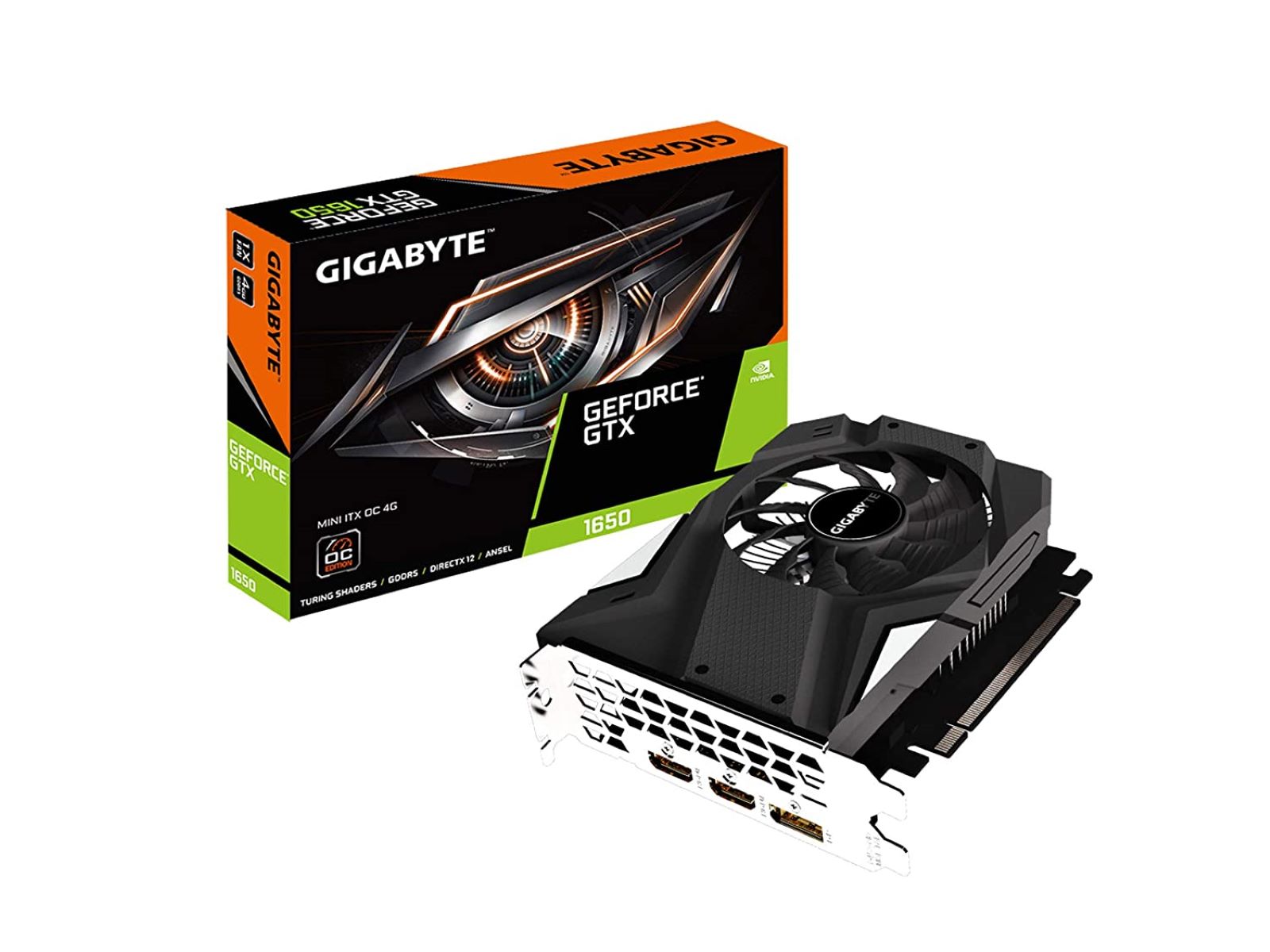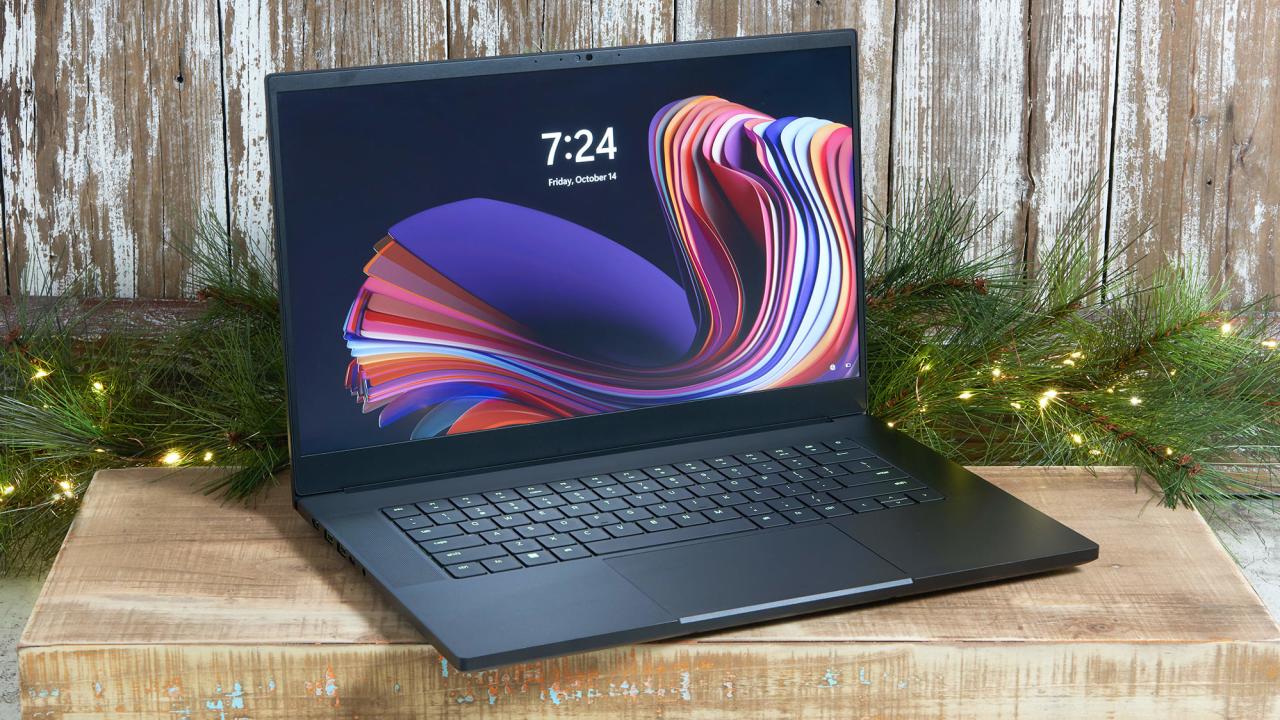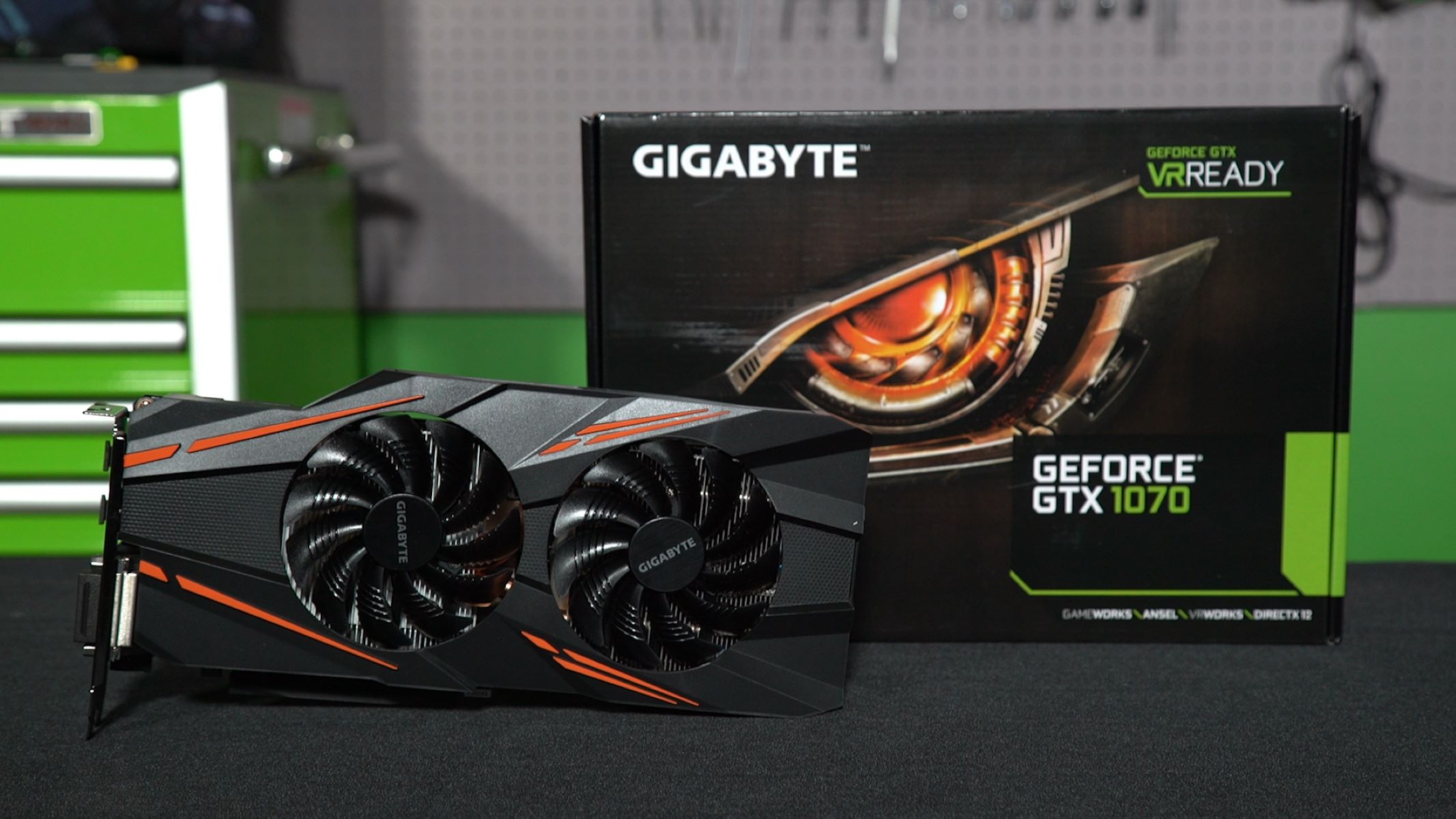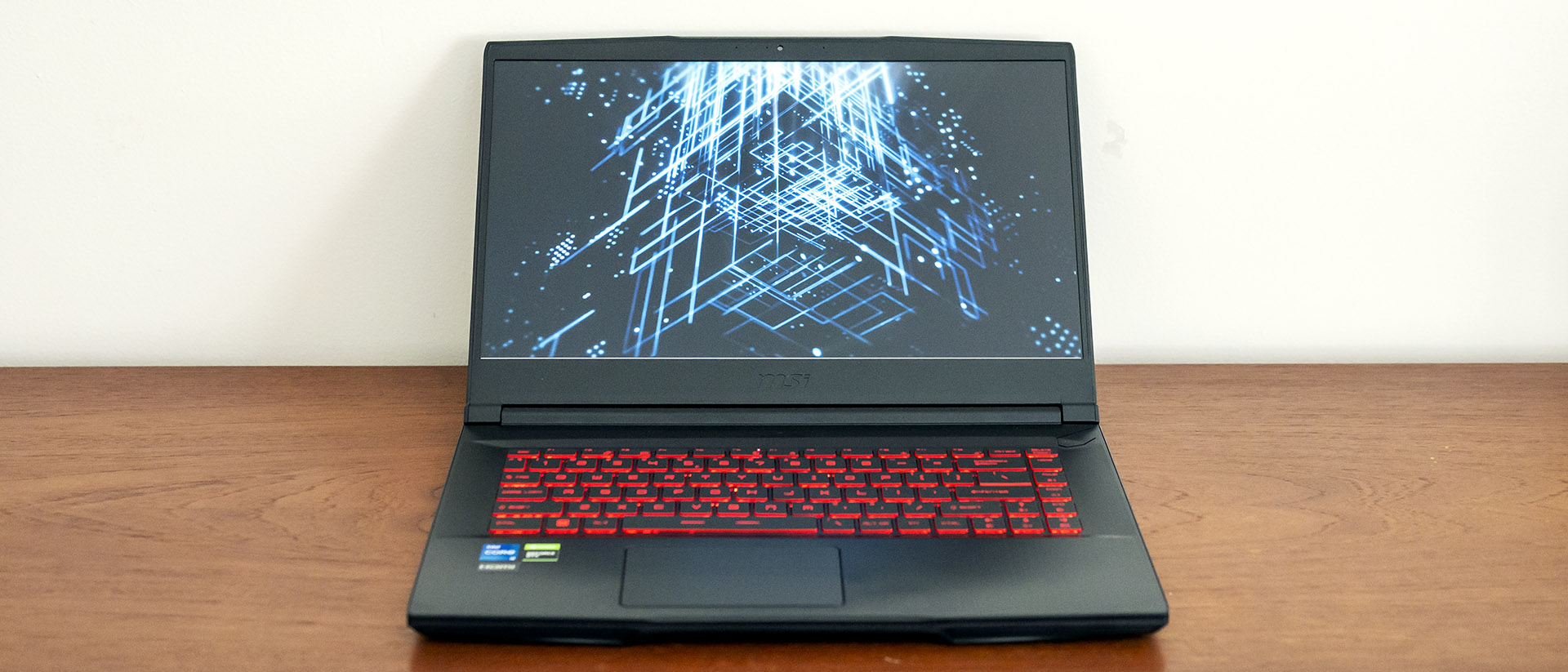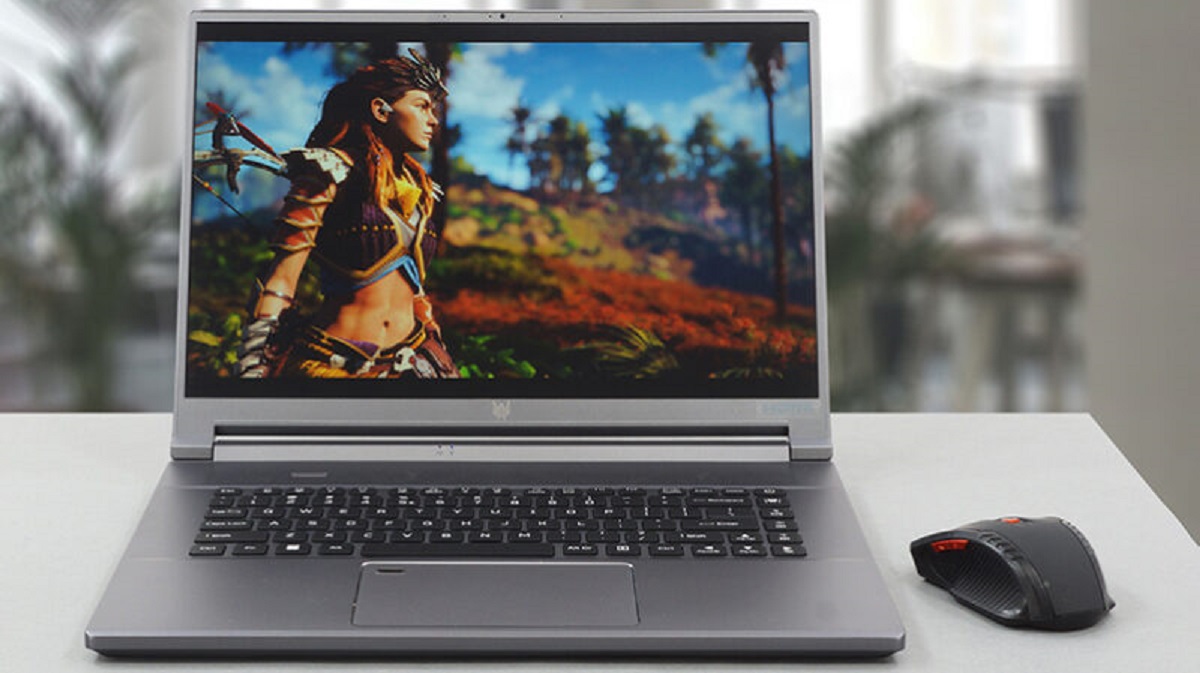Introduction
When it comes to building a powerful gaming rig, choosing the right power supply unit (PSU) is essential. The PSU is responsible for providing the necessary electrical power to all the components of your computer, including the graphics card. If you’re planning to use two GTX 960 graphics cards in your setup, it’s crucial to understand how much PSU wattage you need.
The GTX 960 is a popular choice among gamers due to its excellent performance and reasonable price. However, it does have specific power requirements that must be met to ensure optimal performance. In this article, we’ll dive into the details of how much PSU you need for running two GTX 960 graphics cards in parallel.
Before we get into the technical aspects, it’s important to note that having sufficient wattage in your PSU is crucial for stable and reliable operation of your computer. A PSU with inadequate wattage can lead to system instability, crashes, and even damage to your components. That’s why it’s vital to ensure you have the right PSU wattage for your system, especially when it comes to running multiple graphics cards.
In the following sections, we’ll explore the power requirements of the GTX 960, how to calculate the total power consumption of your system, and the recommended PSU wattage for running two GTX 960 graphics cards. We’ll also discuss important factors to consider when choosing a PSU to ensure compatibility and efficiency. So, let’s dive in and unravel the mystery of how much PSU you actually need for running two GTX 960s in your gaming rig.
Understanding Power Supply Units (PSUs)
Before we delve into the specific power requirements for running two GTX 960 graphics cards, it’s important to have a basic understanding of what a power supply unit (PSU) is and how it functions in a computer system.
The PSU is a crucial component of any computer build as it is responsible for converting the alternating current (AC) power from your wall outlet into direct current (DC) power that your computer components can use. It provides power to all the components in your system, including the motherboard, CPU, graphics card, storage drives, and peripherals.
Power supplies come in various wattages and form factors to suit different computer setups and power demands. The wattage of a PSU refers to the maximum amount of power it can deliver to your components. It’s important to choose a PSU with enough wattage to support the power requirements of all your components, including the graphics cards.
In addition to wattage, PSUs are also rated for efficiency. The efficiency rating determines how effectively the PSU converts AC power to DC power. The higher the efficiency, the less power is wasted as heat, resulting in lower energy costs and a cooler-running system.
PSUs are available in different modularities, including non-modular, semi-modular, and fully modular. A non-modular PSU has all the cables permanently attached, while a semi-modular PSU has some detachable cables. Fully modular PSUs allow you to connect only the cables you need, reducing cable clutter and improving airflow in your system.
It’s important to choose a PSU from a reliable manufacturer with a solid reputation, as a low-quality PSU can not only affect the stability and performance of your system but also pose a risk to the safety of your components. Look for PSUs from well-known brands that offer good warranties and have positive reviews from users and experts.
Now that we understand the basic concepts of PSUs, let’s move on to exploring the specific power requirements of GTX 960 graphics cards and how to calculate the total power consumption of your system.
Power Requirements of GTX 960
The power requirements of a GTX 960 graphics card play a crucial role in determining the wattage needed for your PSU. The GTX 960 is a mid-range graphics card that offers a good balance between performance and power consumption.
Typically, a single GTX 960 graphics card requires a minimum of a 400W PSU. However, when running two GTX 960s in SLI (Scalable Link Interface) mode, the power requirements increase significantly. In SLI mode, both graphics cards work together to render graphics, which results in better performance in games and applications that support SLI.
When operating in SLI, two GTX 960s can consume up to 250W each, depending on the model and manufacturer. This means that for running two GTX 960s in SLI, you would need a PSU with a minimum wattage of 500W. However, it’s always recommended to have some headroom to account for other components, overclocking, and future upgrades.
It’s important to note that the power requirements may vary slightly between different models and manufacturers of the GTX 960. Some models may require slightly more power due to higher clock speeds or custom cooling solutions. Therefore, it’s crucial to check the specifications provided by the manufacturer to ensure you have the correct information for your specific graphics card.
In addition to the power requirements of the GTX 960 graphics cards, you also need to consider the power consumption of other components in your system. These include the CPU, motherboard, RAM, storage drives, and any other peripherals attached to your computer. Each component has its own power requirements, which need to be factored into the total power consumption of your system.
In the next section, we’ll explore how to calculate the total power consumption and determine the recommended wattage for your PSU when running two GTX 960 graphics cards.
Calculating Total Power Consumption
When it comes to determining the total power consumption of your system, including the power requirements for running two GTX 960 graphics cards, it’s important to consider the power draw of all the components in your setup. This will ensure that your PSU can handle the load and provide stable power delivery to your system.
To calculate the total power consumption, you can follow these steps:
- Check the power requirements of your components: Start by looking up the power requirements for each component in your system, including the GTX 960 graphics cards, CPU, motherboard, RAM, storage drives, and any other peripherals. You can usually find this information in the product specifications or user manuals provided by the manufacturers.
- Add up the power requirements: Once you have the power requirements for each component, add them up to get the total power consumption. Keep in mind that some components may have different power requirements depending on usage, such as the CPU during peak processing or the graphics card under heavy load.
- Factor in additional wattage: It’s always a good idea to have some headroom in your PSU wattage to account for future upgrades, overclocking, or additional peripherals. Adding an extra 10-20% to your total power consumption is recommended to ensure your PSU isn’t operating at its maximum capacity.
- Consider efficiency rating: Remember to factor in the efficiency rating of your PSU when calculating power consumption. The efficiency rating determines how effectively the PSU converts AC power to DC power. For example, a PSU with an efficiency rating of 80% will draw more power from the wall outlet compared to its output power to the components. Take this into account when determining the wattage needed for your PSU.
By following these steps and considering all the power requirements, you can calculate an estimate of the total power consumption of your system. This will help you determine the recommended wattage for your PSU when running two GTX 960 graphics cards in SLI.
In the next section, we’ll discuss the recommended power supply unit (PSU) wattage for running two GTX 960 graphics cards based on the calculations we’ve discussed.
Recommended Power Supply Unit (PSU) Wattage
Based on the power requirements and calculations we’ve discussed, the recommended wattage for a power supply unit (PSU) when running two GTX 960 graphics cards in SLI mode is at least 600W. This wattage takes into account the power draw of the graphics cards, as well as the power requirements of other components in your system.
While a 500W PSU can technically handle the power requirements of two GTX 960 graphics cards, it’s always recommended to have some headroom for efficiency, stability, and future upgrades. Opting for a 600W PSU provides that extra cushion of power and ensures that your system operates smoothly under heavy loads, without straining the PSU.
Additionally, if you plan on overclocking your components, it’s recommended to choose a PSU with even higher wattage to accommodate the increased power draw. Overclocking can significantly increase the power requirements of your components, so having a PSU with extra capacity is crucial for stable operation.
When selecting a PSU, it’s important to consider other factors as well. Look for a PSU from a reliable manufacturer with a solid reputation for producing high-quality and efficient power supplies. Consider the PSU’s efficiency rating, modular or non-modular design, availability of necessary connectors, and any additional features that may be important to your specific build.
Keep in mind that these recommendations are based on average power requirements and individual system configurations may vary. It’s always a good idea to refer to the specifications provided by the manufacturers of your components to ensure accuracy. If you are uncertain about the wattage needed for your specific system, consulting with an experienced computer technician can provide valuable guidance.
In the final section, we’ll discuss other important factors to consider when choosing a PSU for running two GTX 960 graphics cards, ensuring compatibility and optimal performance.
Factors to Consider When Choosing a PSU for GTX 960
When selecting a power supply unit (PSU) for running two GTX 960 graphics cards, there are several important factors to consider. These factors will ensure compatibility, reliability, and optimal performance for your system. Let’s take a look at some of the key considerations:
- Wattage: As we discussed earlier, the wattage of the PSU is crucial. Ensure that the PSU has enough wattage to handle the power requirements of two GTX 960 graphics cards, as well as other components in your system. A recommended wattage of at least 600W provides sufficient power headroom.
- Efficiency Rating: Look for a PSU with a high efficiency rating, such as 80 Plus Bronze, Silver, Gold, or Platinum. A higher efficiency rating means less wasted energy, lower operating temperatures, and reduced electricity costs. An efficient PSU not only benefits your system but also contributes to a more sustainable and environmentally-friendly setup.
- Modularity: Consider whether you prefer a non-modular, semi-modular, or fully modular PSU. A modular PSU allows you to only connect the cables you need, reducing cable clutter and improving airflow in your system. This can help with cable management and create a cleaner and more organized build.
- Connectors: Ensure that the PSU has the necessary connectors to accommodate your components, especially the graphics cards. GTX 960 graphics cards typically require one or two 6-pin power connectors. Make sure the PSU has these connectors available to provide power to the graphics cards.
- Reliability and Brand: Choose a PSU from a reputable manufacturer known for producing reliable and high-quality power supplies. A trusted brand with good warranties and positive reviews will give you peace of mind and ensure the longevity and safety of your system.
- Noise Level: Consider the noise level of the PSU, particularly if you’re aiming for a quiet and immersive gaming experience. Look for PSUs with low noise levels, typically provided by larger and quieter cooling fans, to minimize unwanted noise while maintaining adequate cooling performance.
By considering these factors when choosing a PSU for running two GTX 960 graphics cards, you can ensure compatibility, reliability, and optimal performance for your gaming rig. Remember to check the specifications provided by the manufacturers to ensure that the PSU meets the necessary requirements of your components.
Now that we’ve covered the factors to consider when choosing a PSU, let’s wrap up this article and summarize the key points we’ve discussed.
Conclusion
Choosing the right power supply unit (PSU) is crucial when running two GTX 960 graphics cards in your gaming rig. The power requirements of the graphics cards, along with other components in your system, play a significant role in determining the required wattage for the PSU.
Based on our discussions, it is recommended to have a PSU with a wattage of at least 600W when running two GTX 960 graphics cards in SLI mode. This ensures sufficient power delivery, stability, and headroom for other components, overclocking, and future upgrades.
When selecting a PSU, it’s important to consider other factors as well, such as efficiency rating, modularity, connectors, brand reliability, and noise level. These factors contribute to the overall performance, efficiency, and reliability of your system.
By following these guidelines and considering these factors, you can choose a PSU that meets the power demands of your two GTX 960 graphics cards while providing a stable and efficient power supply to your entire system.
When in doubt, it’s always a good idea to refer to the specifications provided by the manufacturers of your components or consult with an experienced computer technician to ensure the compatibility and optimal performance of your setup.
Now armed with the knowledge of how much PSU you need for running two GTX 960 graphics cards, go ahead and build your powerful gaming rig with confidence. Enjoy immersive gaming experiences and unleash the full potential of your setup with a reliable and capable power supply unit.







